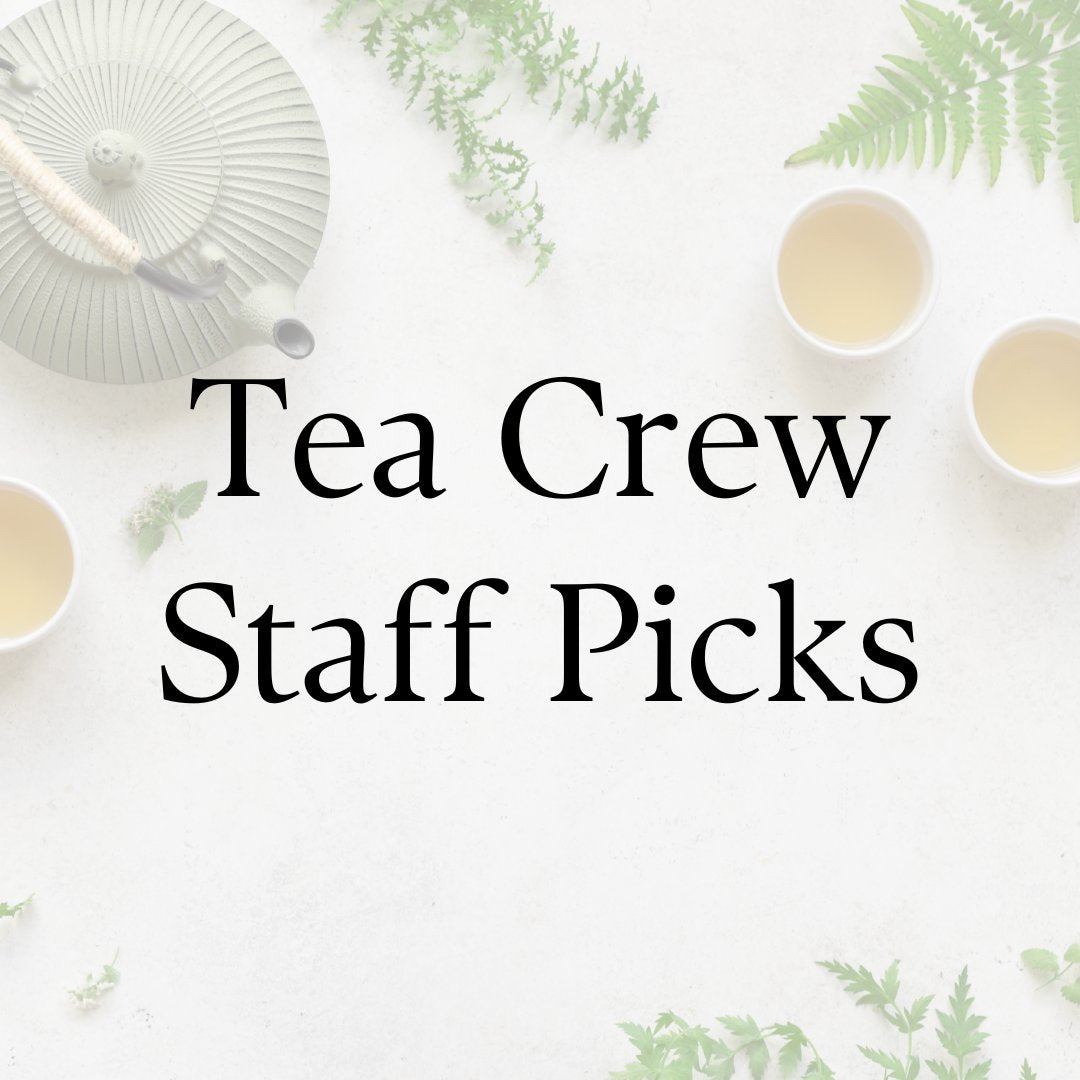Friends, I have a confession.
I've been in the tea industry for twenty years. The past two decades of my life have been dedicated to studying, connecting, experiencing, and generally learning about tea to a truly voracious degree.
And in all that time, I have never picked my own tea.
To be fair, for a farm kid raised by green thumbs, I'm a TERRIBLE farmer. There's a reason I work exclusively with dead plants: I can't keep any alive long enough to manage a full growth cycle! Fortunately, in those twenty years of research and networking, I've encountered myriad incredibly warm, welcoming leaf geek farmers who are more than happy to let a dweeby tea witch from Seattle come play in their fields and factories. Three cheers for indie farms and, in this case, a wonderful small holding just outside of Salem, Oregon here in my own beloved PNW.
Meet Minto Island Tea, one of only a scant handful of tea estates on North America's West Coast! We first met the Minto crew at Tea Fest PDX a few years back, and instantly connected with them as a fellow queer millennial hippie teaheart operation. We've chatted here and there over the years about bringing the Friday Tea crew down for a tour of the farm, but with a five hour drive between us and the pandemic kicking our party plans in the teeth repeatedly, we haven't been able to make things line up. Enter stage left, the Minto Teamaking Workshops.
These processing workshops are brand new for Minto as of last year, and my plant pathologist mother (Dr. Elliott, Actual Mad Scientist, PhD) happened to have a birthday line up with their spring green tea workshop, so we jumped on the chance to make a day trip of it! We got up at the absolute crack of dawn and took our morning cuppa on the road (Unsmoked Lapsang for me, coffee for her). It was a stunning morning for a 5ish hour drive from Seattle, but we found ourselves the first to arrive at the farm.

We were SO geeked to be there, and as folks rolled into the farm parking lot a few at a time, we found all and sundry to be absolutely delightful humans every bit as excited about the day as we were. I was reminded once again about the best feature of every tea event: tea PEOPLE! Our class was sold out with ten students and led by a guide, Gavin. After learning his trade on a farm in Japan, Gavin has spent the past three years at Minto. His background in Japanese production and processing was a particular boon to our task of the day: steamed green tea in a rough Japanese style. A perfect pairing for the season, as I've seen from a distance all my farmer friends around the globe working hard these past two months to finish up their first flush green tea harvests, all the while salivating in Seattle and making grabbing hands into the void, waiting for the tea to rest long enough to be worth sharing with our customers.

- Tea farmers in the PNW struggle with regionally-specific threats such as plant longevity due to waterlogged roots ("tea plants don't like their feet to be wet"), pest damage (specifically voles), and groundwater-borne fungal pathogens (Dr. Elliott spotted phytophthora ramorum, aka "Sudden Oak Death," on a number of leaves: common globally, harmless to humans, but a danger to plant health).
- Selecting tea leaves for harvest isn't just a matter of visual inspection. More mature leaves can appear spring green and tender to the eye, but feel slightly rigid to the touch, which manifests in production as unyielding, unshapeable product.
- Shaded leaves will be sweeter and more tender, sun-grown leaf will be drier and more firm. This is a function of the plant's supreme adaptability, growing its wax coating to a thickness best suited to protect leaves as their relative age and sunlight patterns dictate.
- More tender leaves tend to have higher caffeine, as the plant manufactures caffeine as a chemical weapon against insect and fungal threat. High trichome presence (the fuzzy baby hairs) is one indicator of high caffeine, but not a fail-safe tell.
- Tea plants produce a very deep taproot and, once firmly established, can be pruned deeply to allow for shaping and structuring to a farm's standards. Minto has several rows of tea plants pruned nearly to the ground in order to allow for selective growth of the strongest branches and shaping to the ideal harvest row height.
- Most of the tea plants in the United States are cloned from hybrids of C. Sinensis var. Sinensis (small leaf, fragrant, delicate, native to China) and C. Sinensis var. Assamica (large leaf, malty, hardy, native to India). The Minto mother plot was established in 1988 with clones sourced from a garden in South Carolina, and are examples of this hybrid class.






